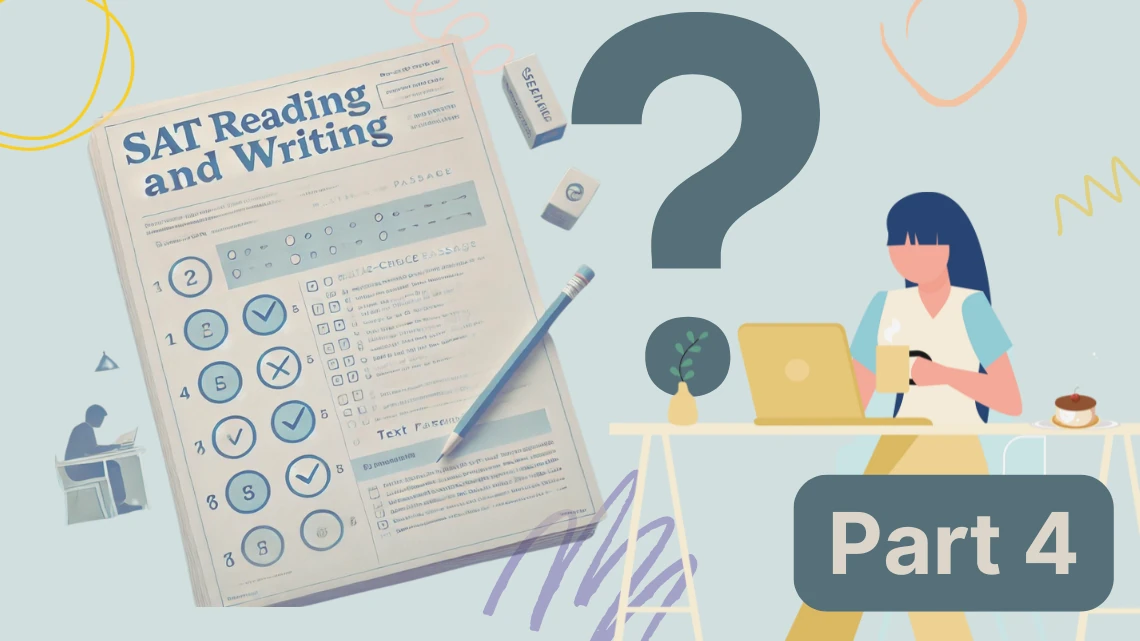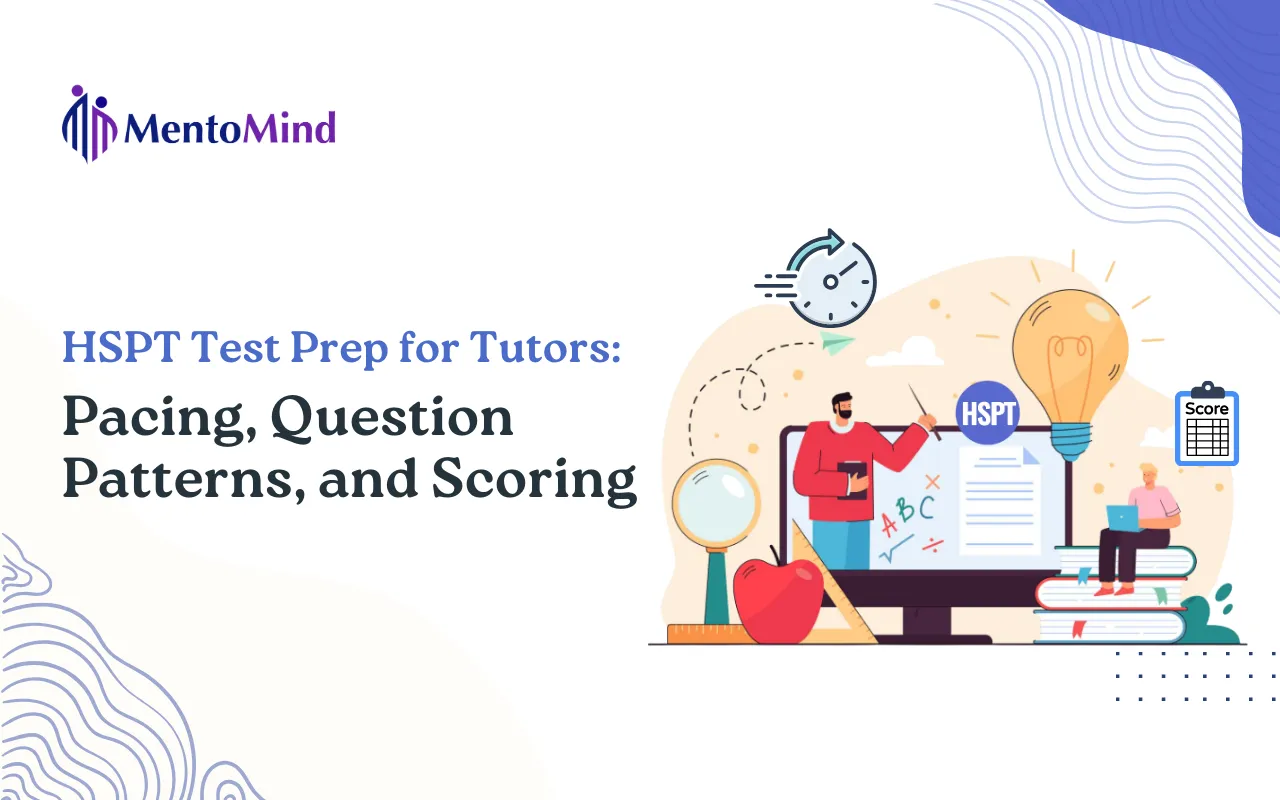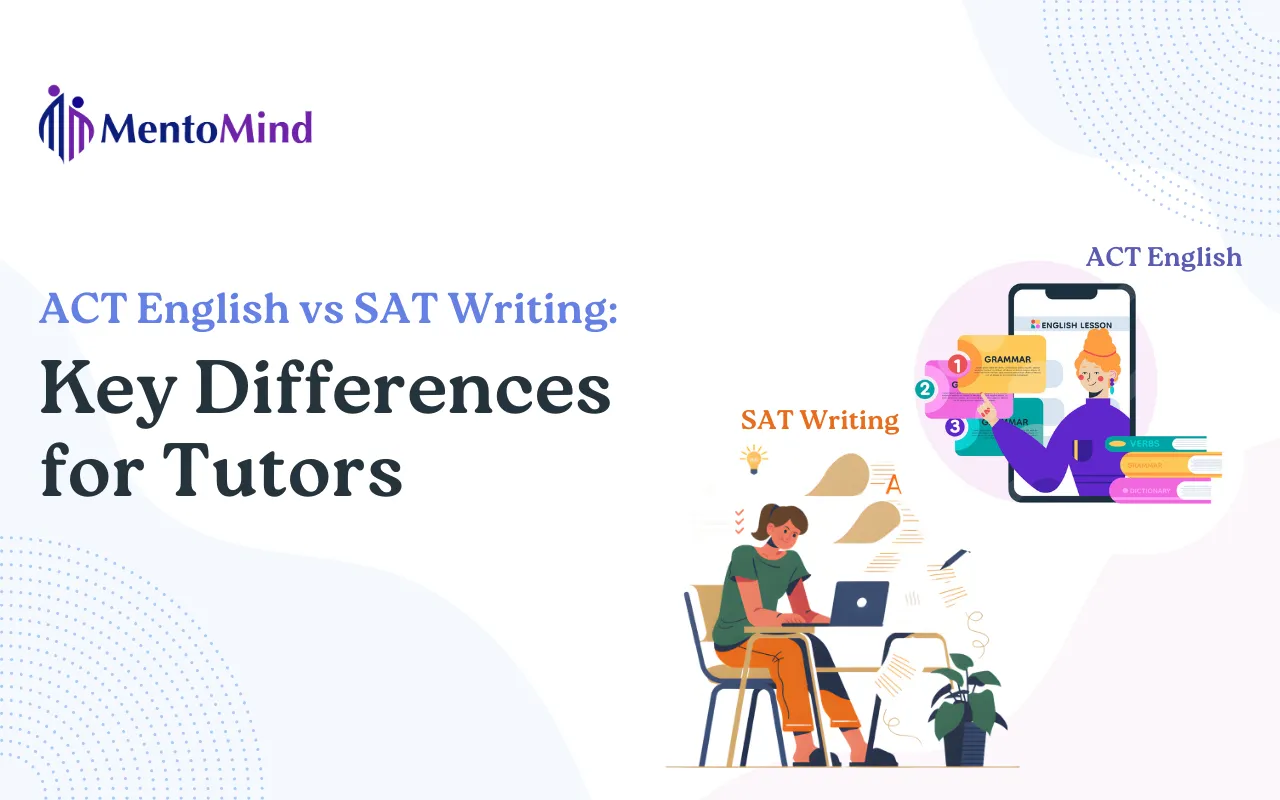Mastering the “Could Be True” Elimination Strategy for the Digital SAT Reading & Writing Section
In our ongoing series on the First Principles of Elimination for the Digital SAT Reading & Writing section, we’ve covered essential strategies such as Extreme Language, Recycled Language, and Half Right answers. Now, in Part 4, we explore another crucial elimination strategy: “Could Be True”.
What is the “Could Be True” Trap in SAT Questions?
The “Could Be True” strategy focuses on eliminating answer choices that seem plausible based on general knowledge or logic but are not directly supported by the passage. These answers are designed to distract test-takers because they sound reasonable, but the SAT Reading & Writing section only rewards answers backed by explicit evidence from the passage.
Understanding how to identify and avoid the “Could Be True” trap is essential for improving your SAT score. Even if the answer seems logical in the real world, if it’s not explicitly mentioned or supported by the passage, it is incorrect.
Why “Could Be True” Answers Are Deceptive
“Could Be True” answers are often misleading because they appeal to your common sense. These choices play on your instincts and might seem like they make sense in a broader context, but they aren’t fully supported by the passage. This strategy tests your ability to stick strictly to the information provided in the text, avoiding assumptions or conclusions based on outside knowledge.
The SAT isn’t testing your ability to think of possibilities; it’s testing how well you analyze the given text. Your job is to avoid answers that introduce new ideas not mentioned in the passage, even if they sound reasonable.
Applying the “Could Be True” Strategy: A Sample SAT Question
Passage:
A common assumption among art historians is that the invention of photography in the mid-nineteenth century displaced the painted portrait in the public consciousness. The diminishing popularity of the portrait miniature, which coincided with the rise of photography, seems to support this claim. However, photography’s impact on the portrait miniature may be overstated. Although records from art exhibitions in the Netherlands from 1820 to 1892 show a decrease in the number of both full-sized and miniature portraits submitted, this trend was established before the invention of photography.
Question:
Based on the text, what can be concluded about the diminishing popularity of the portrait miniature in the nineteenth century?
A. As demand for portrait miniatures decreased, portrait artists likely shifted their creative focus to photography.
B. Although portrait miniatures became less common than photographs, they were widely regarded as having more artistic merit.
C. The popularity of the portrait miniature likely persisted for longer than art historians have assumed.
D. Factors other than the rise of photography may be more directly responsible for the portrait miniature’s decline.
Explanations
Choice B is incorrect. This is a great example of a “Could be True” choice. It is entirely possible that portrait miniatures had more artistic merit than photographs. However, the passage never discusses this issue. It never mentions “artistic merit.” This statement could be true. However, it lacks direct support from the passage.
Choice C is incorrect. This is another example of “Could be True.” It is possible that the portrait miniature persisted for longer than historians have assumed. However, there is no evidence in the text to suggest this. If anything, the text suggests that the miniature declined in popularity earlier than historians previously thought.
Choice D is correct. The passage states that portraits declined in popularity before photography was invented. Based on this, we can conclude that other factors may be responsible for the decline of the portrait miniature.
How to Spot and Avoid “Could Be True” Answer Choices
Here are some key tips for avoiding the “Could Be True” trap on the SAT Reading & Writing section:
- Stick to the text: Only choose answers that are explicitly supported by the passage. If you find yourself reasoning beyond the information given, it’s a sign you’re considering a “Could Be True” answer.
- Find specific evidence: For every answer, you should be able to point to a specific part of the passage that supports the choice.
- Avoid assumptions: Don’t bring in outside knowledge or make assumptions about what the author might mean. If the passage doesn’t explicitly state it, it’s not the correct answer.
By practicing these techniques, you can become better at identifying and eliminating “Could Be True” answers, helping you boost your score on the Digital SAT.
Conclusion: Master the “Could Be True” Strategy to Excel on the SAT
The “Could Be True” strategy is a powerful tool for eliminating tempting but unsupported answers on the SAT. By focusing on what is explicitly mentioned in the passage and avoiding plausible but unproven answers, you’ll strengthen your critical reading skills and increase your chances of choosing the correct answer. At MentoMind, we provide students with detailed strategies and practice questions to help them master the SAT.
Ready to ace the SAT? Explore MentoMind, where you can access thousands of practice questions, full-length digital SATs, and personalized study tips and tricks from our AI chatbot. Start your SAT prep with us today!
Essential SAT Strategies You Shouldn’t Miss:
- ICE Method: The Ultimate Guide to Mastering the Digital SAT Reading & Writing Section – Elimination Strategies (Part 1)
- Recycled Language: The Ultimate Guide to Mastering the Digital SAT Reading & Writing Section – Elimination Strategies (Part 2)
- Half Right: The Ultimate Guide to Mastering the Digital SAT Reading & Writing Section – Elimination Strategies (Part 3)



